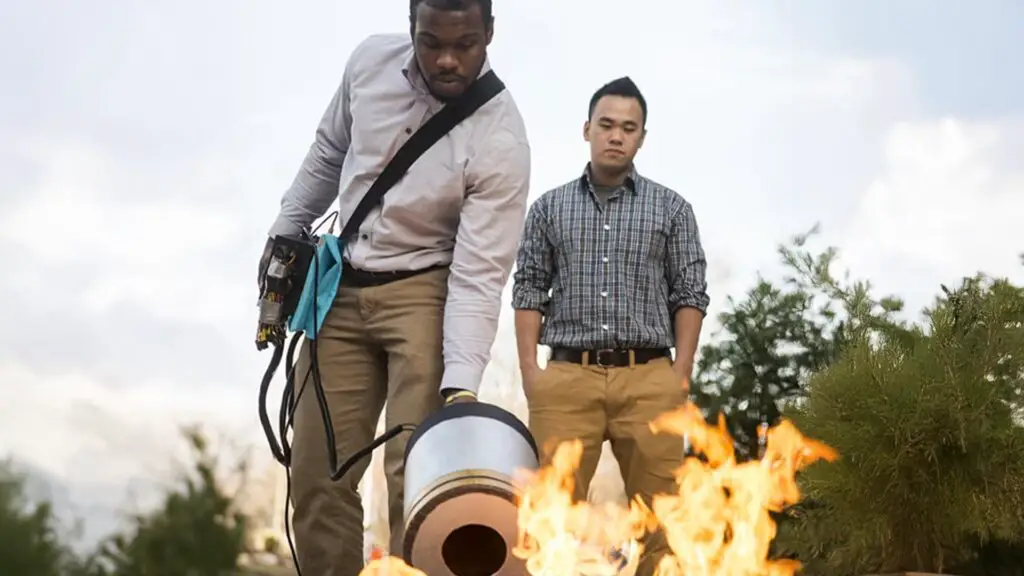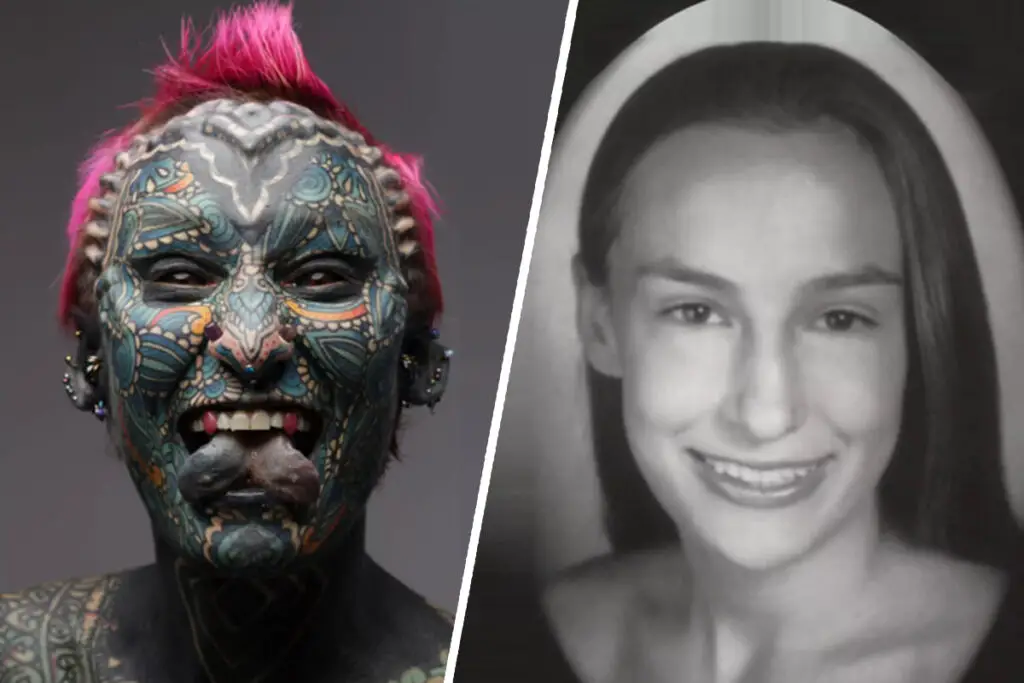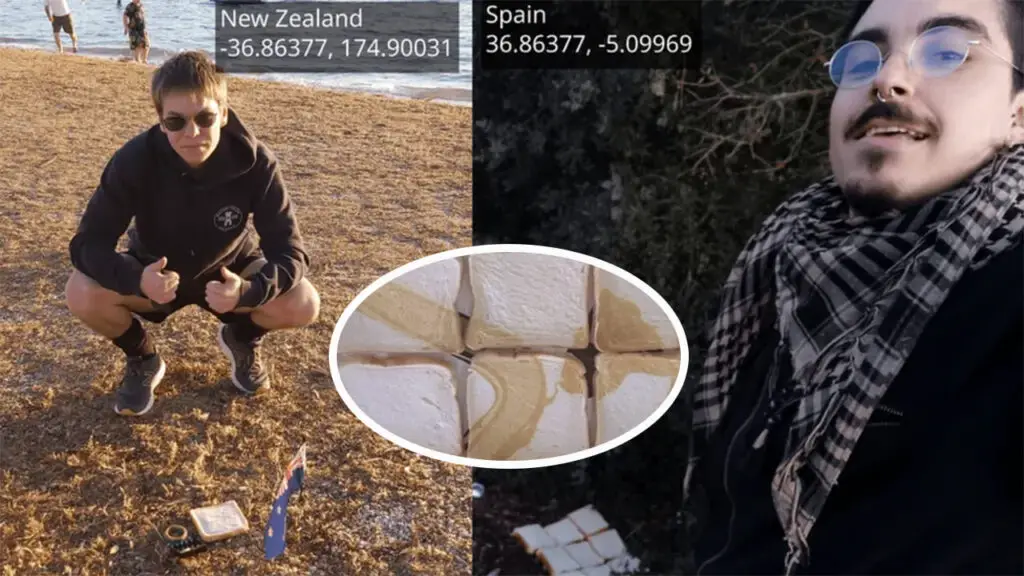Unidentified Man Urinates on St. Peter’s Basilica Altar During Packed Holy Mass

- An unidentified man scaled the Altar of Confession at St. Peter’s Basilica and urinated during a 9 a.m. Holy Mass, horrifying hundreds of worshippers and tourists.
- Vatican security quickly intervened, escorting the perpetrator away amid chaotic scenes captured on video, including him exposing himself while pulling up his pants.
- The incident, described as a vile act of sacrilege, reached Pope Leo XIV, who expressed profound shock, raising urgent questions about security at one of Christianity’s holiest sites.
Vatican City, the heart of the Roman Catholic Church, witnessed an unprecedented act of desecration on October 11, 2025, when a man disrupted the solemnity of a Holy Mass at St. Peter’s Basilica by urinating on its central altar.
The event unfolded in broad daylight, with the basilica filled with faithful attendees and international visitors, many of whom froze in disbelief as the scene played out before their eyes.
Eyewitness videos, now circulating widely, show the man ascending the steps to the Altar of Confession—a marble structure directly above the reputed tomb of Saint Peter himself—before lowering his trousers and committing the act that has sent shockwaves through the global Catholic community.
The Altar of Confession, designed by Carlo Maderno in the early 17th century and consecrated in 1594 by Pope Clement VIII, stands as the focal point of St. Peter’s Basilica, reserved exclusively for papal liturgies.
This hallowed spot, encircled by Bernini’s monumental bronze baldacchino canopy, symbolizes the unbroken apostolic succession from Saint Peter, the first Bishop of Rome, to the current pontiff.
Historians note that the basilica’s construction, spanning 120 years from 1506 to 1626, incorporated contributions from masters like Michelangelo, who designed its iconic dome, and Bramante, who laid the foundational cross plan.
Such architectural grandeur draws over 10 million visitors annually, making it not just a place of worship but a cornerstone of Vatican tourism and spiritual pilgrimage.
As the man positioned himself atop the altar, the ongoing Mass—attended by clergy, locals, and pilgrims from around the world—ground to a halt.
Reports indicate he acted swiftly, with urine streaming across the sacred surface, prompting gasps and cries from the crowd.
One tourist, filming from a distance, captured the moment security personnel from the Corps of Gendarmerie of Vatican City rushed forward.
These officers, responsible for maintaining order within the 109-acre sovereign state, include a force of about 130 members trained in counter-terrorism and crowd control, often collaborating with the Swiss Guard for high-profile protections.
Yet, in this instance, the intervention came seconds too late to prevent the full desecration.
Bystanders described the perpetrator as appearing disoriented, bending down to retrieve his jeans only after guards approached, inadvertently exposing himself further to the assembled throng.
The footage reveals a mix of outrage and confusion rippling through the pews, with some attendees crossing themselves in prayer while others dialed authorities on their phones.
Vatican protocols mandate immediate removal of disruptors, but the lack of an instant barrier around the altar has sparked debates among experts on whether current measures suffice for such a high-traffic holy site.
This Vatican desecration incident echoes a troubling pattern of intrusions at St. Peter’s Basilica, highlighting vulnerabilities in even the most revered Catholic Church landmarks.
Security at the site includes mandatory metal detectors at entrances, X-ray scans for bags, and prohibitions on items like knives or large containers, enforced since heightened global threats in the early 2000s.
Despite these, the basilica’s open layout—designed for communal worship—leaves certain areas exposed.
For instance, during major events like Easter Vigil or Christmas Eve Masses, additional Swiss Guard deployments and signal jammers prevent unauthorized communications, a tactic borrowed from papal conclaves.
The man’s motives remain shrouded in mystery, with no immediate claims of responsibility or evident political messaging.
Investigators are reviewing surveillance footage from the basilica’s extensive camera network, which covers key areas including the nave and apse.
Speculation abounds: Was this a deliberate Holy Mass disruption aimed at protesting Church policies, or the erratic behavior of someone under the influence?
Authorities have not disclosed whether substances were involved, but toxicology reports could provide clues in the coming days.
Word of the scandal quickly ascended the Vatican’s hierarchical channels, reaching the ears of Pope Leo XIV within hours.
The pontiff, who ascended to the throne following the death of Pope Francis in April 2025—whose body lay in repose at the very same basilica before burial—reacted with visible dismay.
Sources close to the Holy See describe him pacing in his private apartments, murmuring prayers for the sanctity of the space.
His papacy, marked by efforts to modernize Church outreach amid declining attendance in Europe, now faces a test in addressing such blatant sacrilege.
| Key Fact | Detail |
|---|---|
| Incident Date | October 11, 2025 |
| Location | Altar of Confession, St. Peter’s Basilica, Vatican City |
| Time of Occurrence | During 9 a.m. Holy Mass |
| Perpetrator Description | Unidentified adult male, acted alone |
| Immediate Security Response | Escorted by Vatican Gendarmerie; no injuries reported |
| Papal Involvement | Pope Leo XIV informed and expressed shock; unclear if present at Mass |
| Historical Context | Basilica built 1506-1626 over St. Peter’s tomb; annual visitors exceed 10 million |
| Related Past Events | February 2025: Man toppled candelabras on altar; June 2023: Nude Polish protester with Ukraine message |
In the aftermath, Vatican officials initiated a thorough cleansing ritual, drawing from precedents like the penitential rite performed after the 2023 nude protest.
That earlier event involved a Polish national who stripped and displayed a plea to “Save children of Ukraine” on his back, prompting a swift exorcism-like ceremony to restore the site’s spiritual purity.
Similarly, in February 2025, another individual climbed the altar and hurled six ornate candelabras to the floor, an act that required days of restoration work on the intricate Baroque furnishings.
These repeated Catholic Church outrages have fueled calls from cardinals and lay leaders for reinforced barriers, perhaps glass enclosures around sensitive artifacts, without diminishing the basilica’s welcoming atmosphere.
The broader implications for Vatican City security are profound, especially as tourism rebounds post-pandemic, with projections for 2026 Jubilee Year events drawing even larger crowds.
Experts in religious site protection point to models like Jerusalem’s Western Wall, where layered patrols and AI monitoring deter threats.
Could this latest St. Peter’s Basilica scandal prompt a overhaul, including undercover agents among the faithful?
Pilgrims interviewed outside the gates expressed mixed feelings: relief at the quick resolution, but unease about potential copycats exploiting the site’s symbolic power.
As the investigation unfolds, questions linger about the man’s identity—rumors suggest he may be a lapsed Catholic from Eastern Europe, though unconfirmed—and whether charges of sacrilege under Vatican law, which carries penalties up to several years in prison, will follow.
The Holy See Press Office, typically reserved in such matters, has remained silent, heightening anticipation for an official decree.
Meanwhile, restoration teams labor under floodlights to erase physical traces, but the psychological scar on witnesses endures.
What hidden grievances drove this man to such extremes, and how might the Church respond to prevent future shadows from falling on its most luminous sanctuary?
































